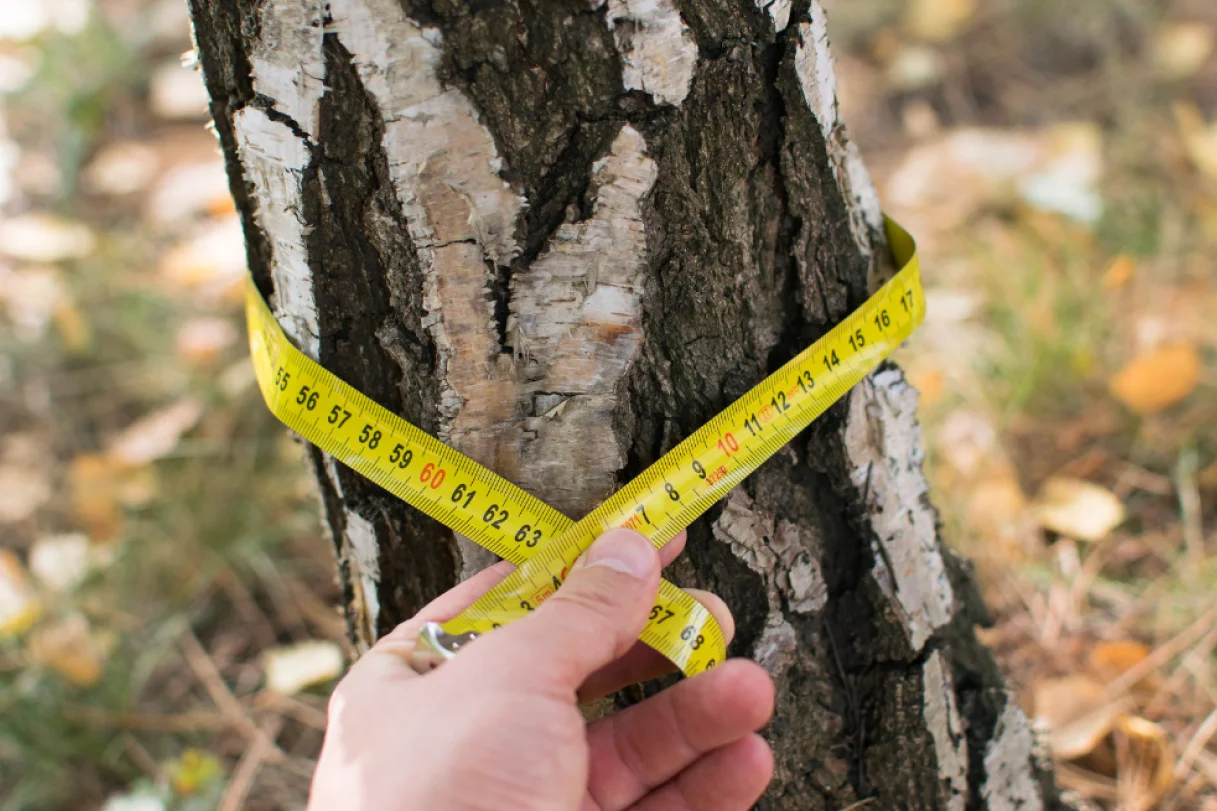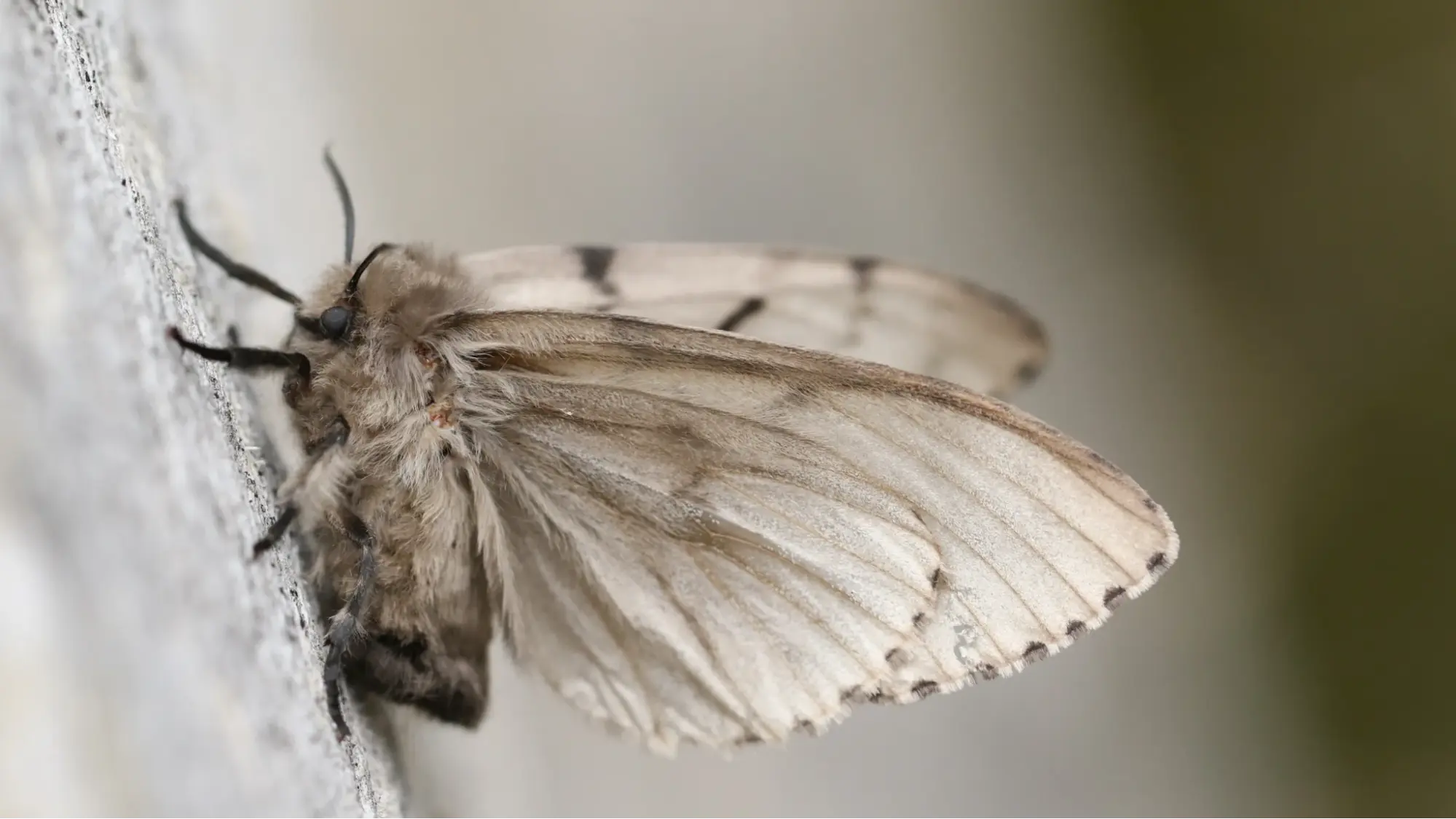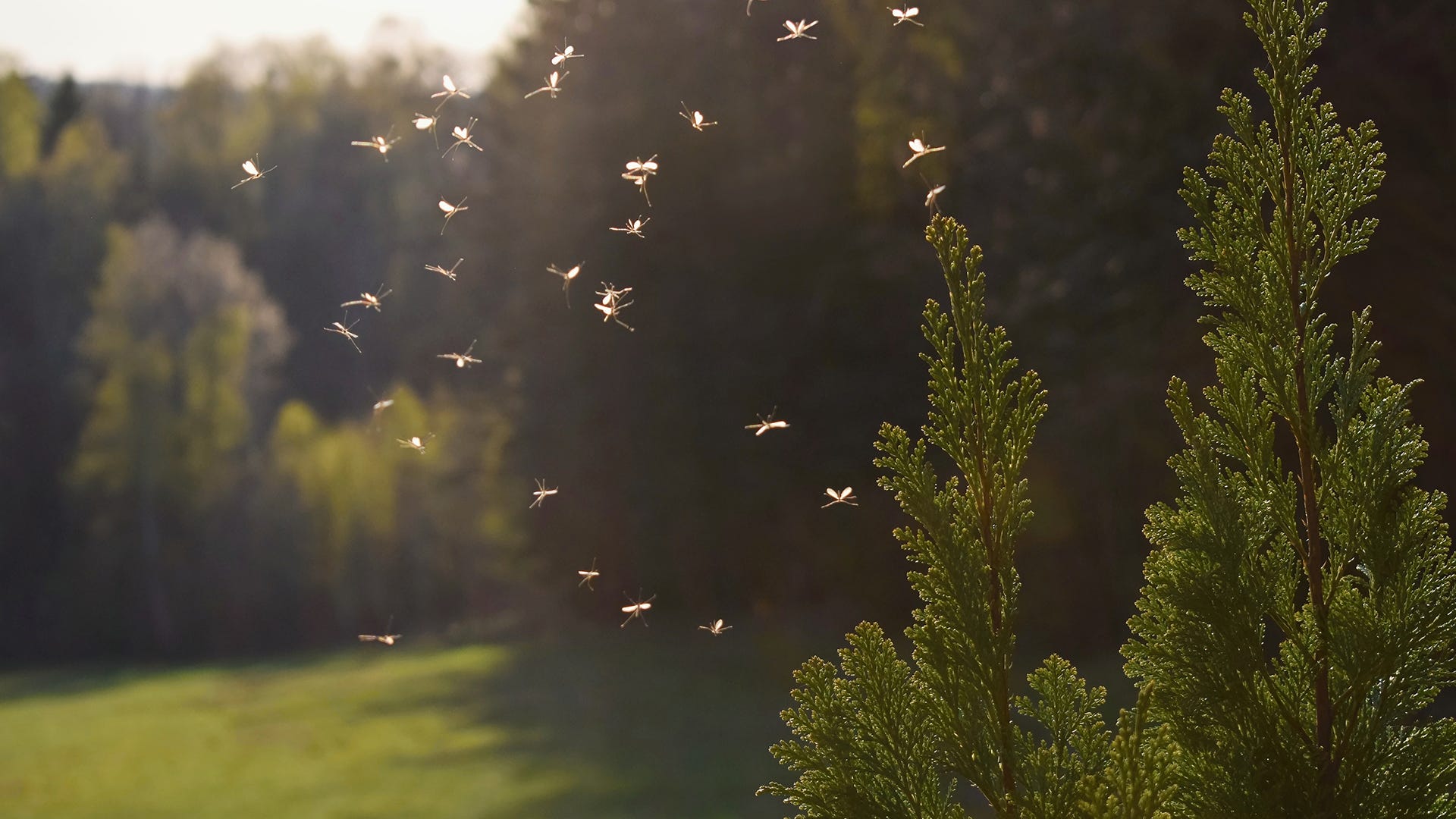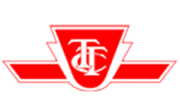Conifers are trees with extraordinarily extensive scale-like leaves or needles and seed-bearing cones. They are generally evergreen and can develop into enormous, towering trees. There are also many miniature varieties, including numerous groundcover plants. Here are some basic things to keep in mind when caring for these types of trees.
Popular Types of Conifers
Among the popular types of conifer trees, the Yew is a conifer with little, visibly covered cones. The Gingko is likewise a conifer; however, its three-sided leaves are noticeably different and like the Yew, its cones usually have covering.
Picking great quality conifers, planting them effectively and caring for them in the initial years after planting are essential to their overall growth and prosperity. It’s also important to note that larger conifers are usually harder to maintain than smaller ones.
Maintenance
Fertilizing: Conifers are not very demanding in terms of fertilization and will only usually require 50-100g per sq m (1½-3oz sq yd) of fertilizer in early spring per year.
Mulching: Conifers profit from mulching through the prevention of weed growth, transfer of nutrients and improvement of soil conditions. These trees are typically mulched in early spring, after any fertilizer application, to keep winter moisture in the dirt before the spring and summer.
Watering: Although recently planted conifers need cautious watering, when fully developed, they usually don’t need much watering at all.
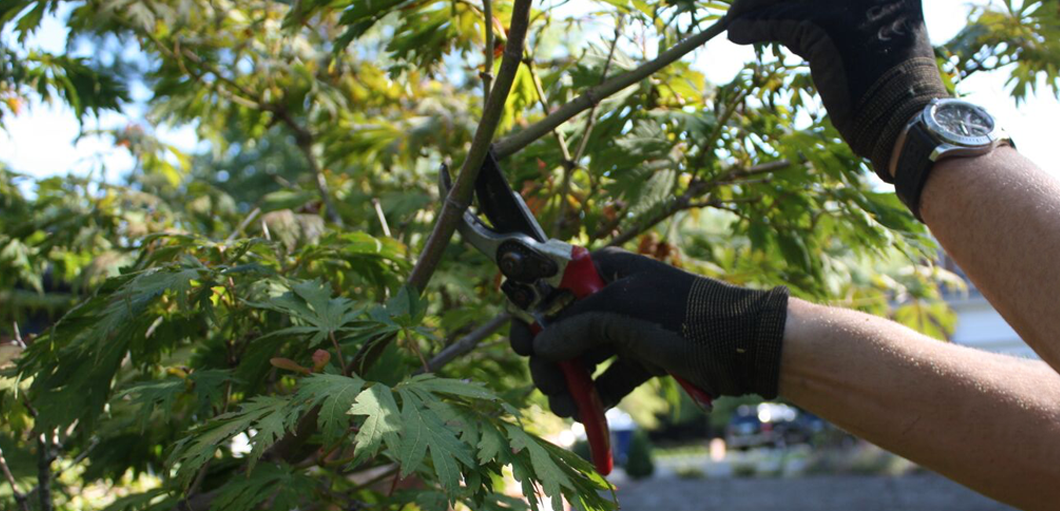
Pruning and General Growth
In contrast to other trees, conifers need next to no pruning, aside from when green branches show up with hued or variegated foliage.
It is possible to manage green foliage on a conifer, similarly to how you would with any other overgrown tree, simply ensure you don't prune into the actual wood. When its developing tip is removed, conifers will make less of an upward development from only a couple of shoots that are easy to manage. Although most conifers can only be pruned from spring to summer, the Yewcan be pruned into early fall.
A couple of conifers, the Yew for instance, can be pruned extensively and will regrow. However, most conifers won't regrow from old wood when pruned to this extent.
It is also important to know that it is extremely normal for conifers to outgrow their site. Despite the fact that location transfer is usually best, their general size can be somewhat controlled through general growth management and pruning.
Propagation
Most conifers are propagated through semi-ready or hardwood cuttings. They can also generally be raised from seed.
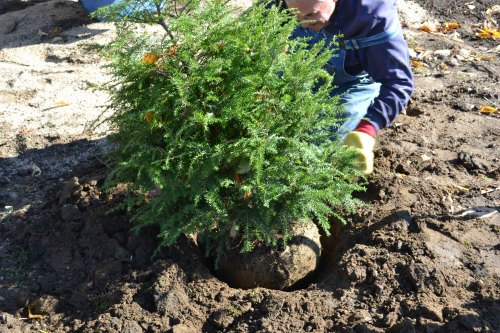
Issues and Risks
As conifers can be a beneficial and long-lasting highlight in a landscape, any affliction to these trees can be a concern. Things to look out for include darkened or brown foliage, infection and growth damage.
More recently planted conifers can also have their own arrangement of issues. Conifers can likewise experience the negative effects of infestations and infections, for example, organism infections and root rot.
To prevent these issues, the best thing an individual can do is to regularly check their trees for irregularities. Upon discovering an issue, you should always call an arborist for their opinion before making any conclusions.
Conifer trees can be a stunning and beneficial part of any landscape. For professional planting, maintenance, or troubleshooting, Tree Doctors Inc. offers comprehensive services to ensure your conifers remain a beautiful, long-lasting feature in your yard.
